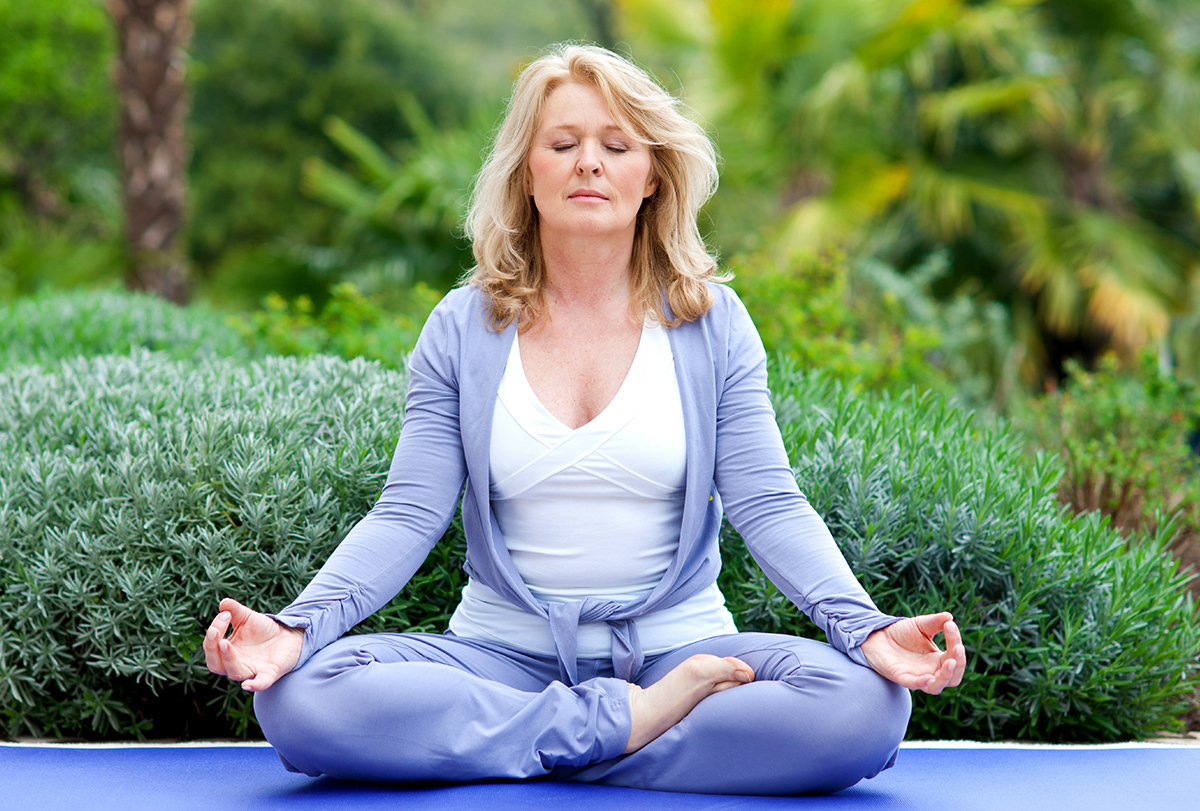Even if it seems to you that you will not master this Eastern practice on your own, do not rush to retreat and give up. It’s not the gods who burn the pots, so if you really want to, you can learn to meditate on your own. Here is more.
What is meditation?
Literally from Latin, meditation is translated as meditation. This is a state that is achieved through special mental exercises. Meditative methods are based on controlling the human psyche’s functions through the concentration of attention or will.
Read also: Improving Your Quality Of Life: Seven Easy Ways
Meditation is practiced most often in eastern spiritual and religious teachings since its origins originate in ancient China, Japan, India. It is prevalent in Buddhism and Hinduism; it is an important component of yoga. But for more than half a century, the technique of meditation has been prevalent all over the world.
How to learn to meditate to relieve stress
Today, meditation is one of the most effective ways to overcome stress, pull yourself together, calm nervous tension, come to the right solution, get rid of problems, and cheer up. However, there are many other methods to deal with stress, for example, special medications, psychotherapy, hypnosis, etc.
Time for meditation
According to the Chinese method, it is best to meditate once a day. The optimal hours for meditation are the morning after waking up and starting the working day with its problems, household issues, and every day worries. Meditation time can range from 15 minutes to an hour.

Meditation pose
Unlike Asians, for whom lotus positions or sitting on the heels are suitable for meditation, Europeans may find this position of the body unusual, and therefore uncomfortable, and sometimes even painful. The main condition for proper meditation, so that the body is comfortable; nothing distracts from relaxation and concentration on the inner world. The back must be straight. Your hands should rest freely on your knees, and your thumbs and forefingers should touch.
Also read: How To Find Work-Life Balance: Five Steps
How to Meditate – Meditation Teaching Technique
- Get into a meditative pose.
- Keep your back straight.
- Close your eyes.
- Relax your facial muscles.
- For the duration of your meditation, renounce all emotions and problems as if your head were empty of thoughts.
- Breathe through your nose and watch your breath: it should be light, measured, with the same strokes for inhalation and exhalation. Hold the air a little while inhaling. Under the influence of inhaled air, the stomach should protrude, and the chest should expand. When you feel that the breathing has become correct, proceed to the meditation itself.
- Choose a meditation object. For starters, it can be an item. Later, you can complicate the technique. Concentrate all your attention on it. You can look at it in reality or place it in front of your inner gaze. Then close your eyes and mentally touch this object, as if feeling it and feeling in reality.
- Continue to look with your mind’s eye, without distraction. Whenever you notice that your attention is drifting to the side, notice it to yourself, and gently return your attention to the chosen meditation object. So gradually, you will learn to concentrate on a specific subject, detaching yourself from external stimuli. And your subconscious mind will be able to think, contemplate, calm down, relax, and generate ideas.
Adapted and translated by Wiki Avenue Staff
Sources: Today Lifestyle






